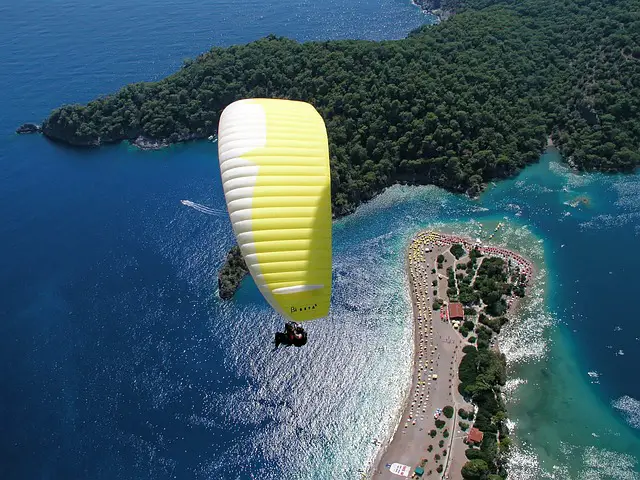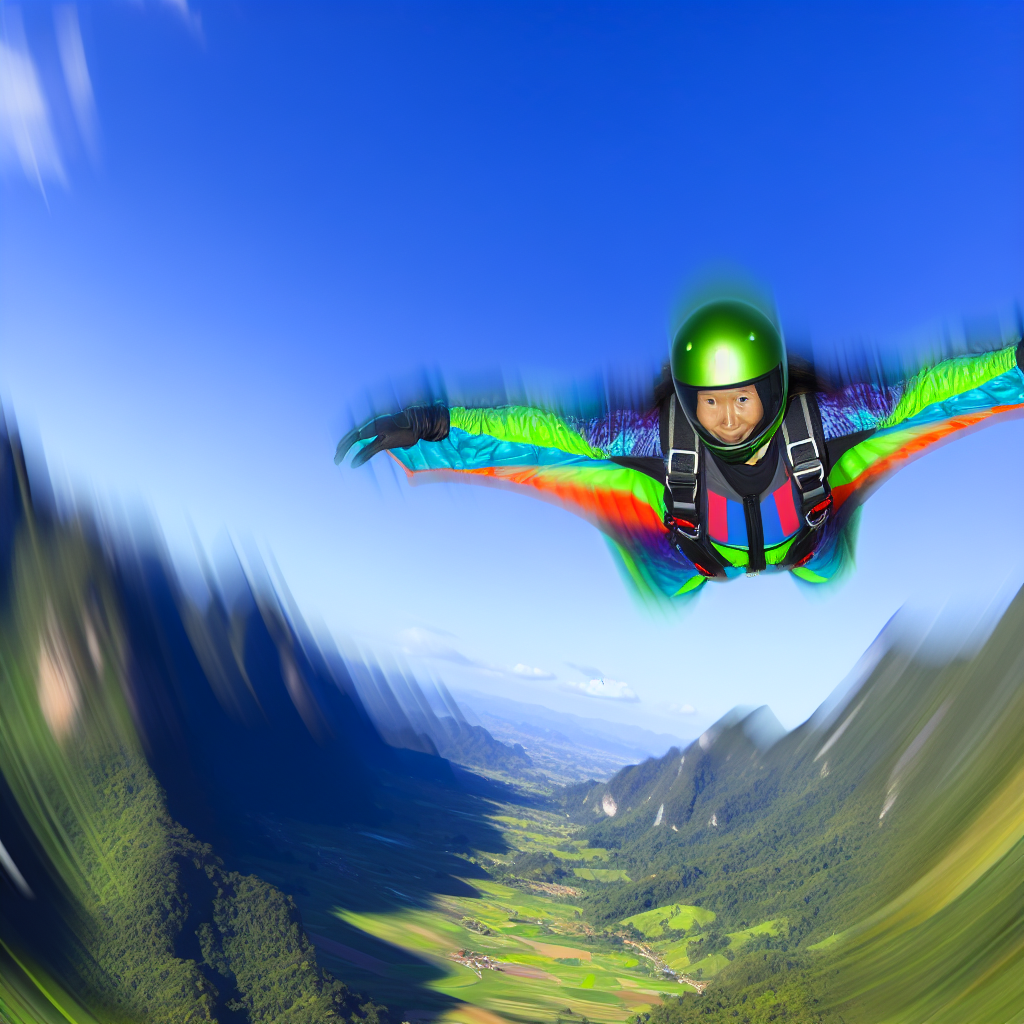If you have ever dreamed of soaring like a bird, feeling the wind rush past you as you float above the world, paragliding could be the perfect sport for you. One aspect that plays an essential role in ensuring a safe and comfortable flight is the paragliding harness. This article will delve deep into this crucial piece of equipment, its features, types, and how to choose the best one for you.
What is a Paragliding Harness?
A paragliding harness is a seat that paragliders sit or lie in while flying. It connects the pilot securely to the paraglider, enabling the necessary control over the wing. The harness also provides back protection in case of a crash, serving as an integral safety device.
By distributing the pilot’s weight evenly across the wing, the harness allows for a stable flight. It has attachment points for a reserve parachute and often equipped with storage compartments for essential accessories such as water, snacks, and a GPS.
Do All Paragliding Harnesses Serve the Same Purpose?
Though fundamental functions are uniform, the style and design of a paragliding harness can vary greatly. This diversity ensures that every type of pilot, from the beginner to the experienced competitive flyer, can find a harness catering to their specific needs. The main types of harnesses include:
Standard Harnesses
Standard harnesses are perfect for novice paragliders. They are comfortable, offer significant back support and are easier to control.
Pod Harnesses
Pod harnesses have a streamlined design for less wind resistance, making them the ideal choice for cross country and competitive flying. They have speed bars for better control and are equipped with additional features such as instrument consoles and hydration systems.
Acrobatic Harnesses
Acrobatic harnesses are used by pilots who perform advanced aerial maneuvers. They allow for a wide range of motion whilst providing the necessary safety features.
How to Choose the Best Paragliding Harness?
Selecting a paragliding harness involves considering your skill level, the kind of flying you intend to do, and your personal comfort.
Comfort
The comfort of the harness is paramount since flights can last several hours. Check elements like padding, adjustability of straps, and the size of the seat plate to ensure a snug fit.
Protection
Safety features such as shock absorption, airbag protection, and a secure reserve parachute attachment should be on your checklist. The level of protection varies from harness to harness, so choose one appropriate for your flying style.
Weight and Portability
A lightweight harness is beneficial if you plan on hike-and-fly adventures. But remember, lighter harnesses might compromise on some safety features, so strike a balance based on your needs.
How to Maintain Your Paragliding Harness?
Maintenance of the harness is not something to overlook. Regular checks for wear and tear, especially on the straps and buckles, can prolong the life of your harness. Always store it in a dry place away from direct sunlight, as UV rays can weaken the material.
In conclusion, the paragliding harness is a crucial part of your flying gear. A well-chosen one can make the difference between a good flight and a great one. So, consider all the factors carefully and remember, safety should always come first.
Paragliding is not just a sport; it’s a lifelong passion. And your harness is a companion that ensures every flight is a safe and comfortable journey into the sky. So take time, do your research, and choose the one that brings you closer to your dream of flight.




